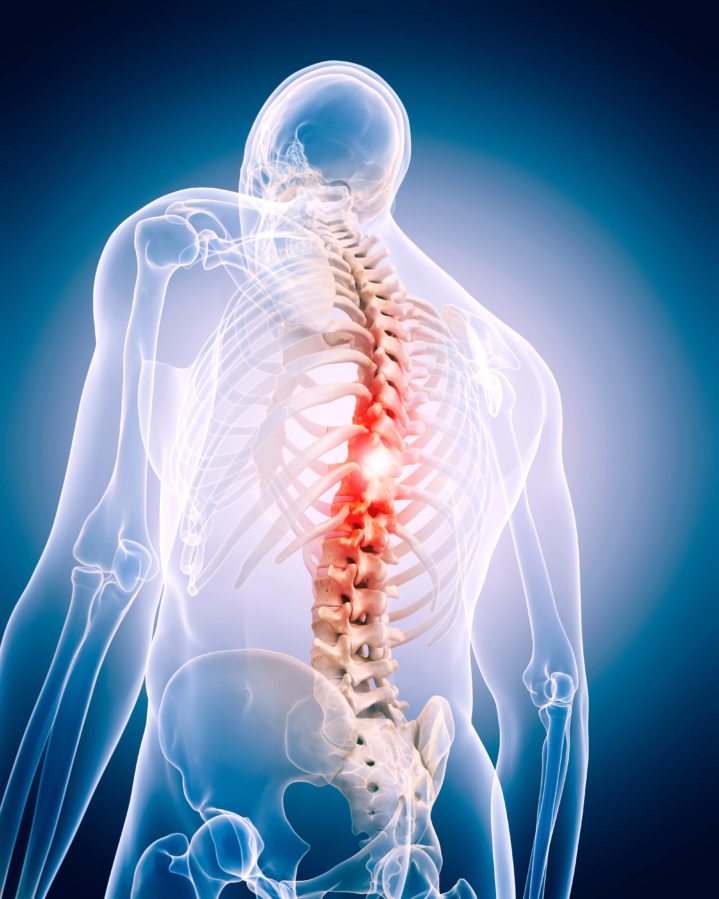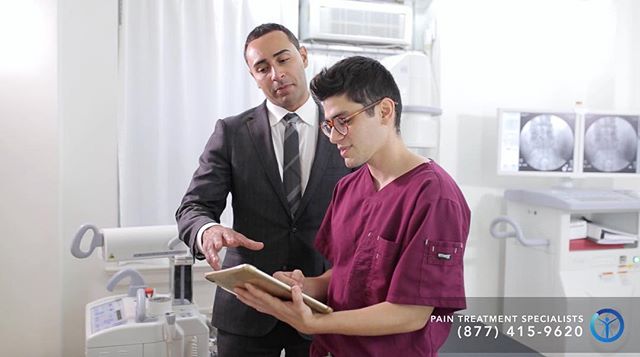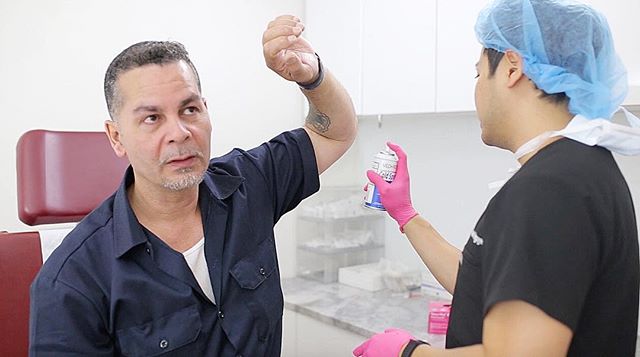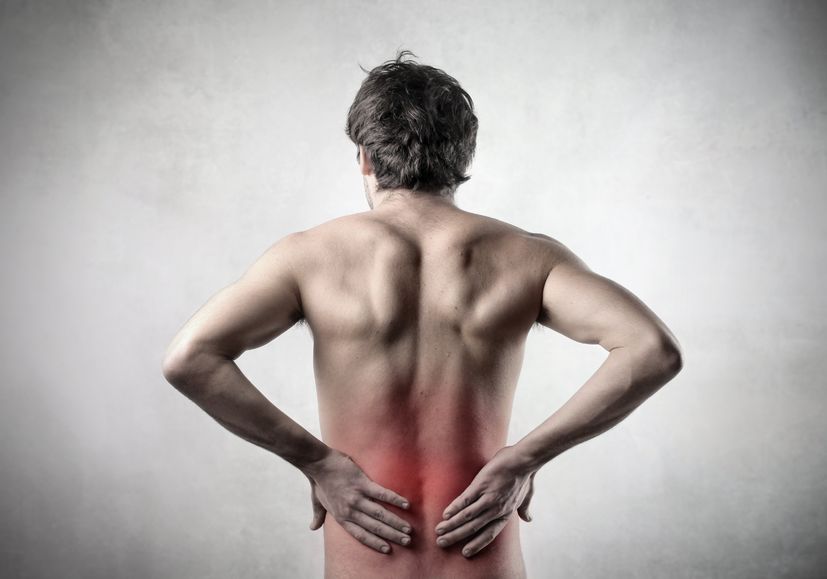Back Muscle Pain is the pain located in the back, the source of which is connected to the musculoskeletal arrangement of the spine.
It is a local pain accompanied by referred or irradiated pain that does not occur as a consequence of fractures, spondylitis, trauma or neoplastic, neurological, infectious, vascular, endocrine, metabolic, gynecological or psychosomatic causes.

This pathology affects both young people, adults, and the elderly and appears both in sedentary jobs and in those that involve great physical effort.
Approximately 80 percent of the population has had or will have low back pain during their lifetime, and up to 70 percent of young people before the age of 16 have experienced this back pain.
Symptom
The most common manifestations of low back pain are local or radiated pain, inflammation, and the presence of muscle contractures.
On the other hand, depending on the degree of involvement and root compression, changes in sensitivity may occur (anesthesia, hypoaesthesia, hyperesthesia, tingling, etc.) and movement disorders (paresis, paralysis, among others).
Types
Currently, there is no specific classification for low back pain. However, many specialists distinguish two categories:
Specific low back pain:Â This type includes diagnoses of low back pain with a known cause, approximately 20 percent of cases.
Non-specific low back pain:Â accounts for the remaining 80 percent and includes all cases in which the specific cause that causes the pain is not known.
Diagnosis
The most important sources of information to know the causes of back pain are the patient's medical history and physical examination.
The rest of the tests (radiological, analytical, or functional) are only valuable if the results correspond to those of the physical examination. Since some are painful and others carry certain risks, Back Doctor recommends resorting to them only when the results of the interrogation or physical examination determine their convenience.
Treatments
Avoid bed rest, if possible
The patient should avoid bed rest as a Back Muscle Pain Treatment for back pain. If pain forces you to save it, it should be as short as possible. Studies show that this measure delays recovery.
Neuroreflexotherapy intervention (NRT)
If back pain, with or without irradiated pain, persists after 14 days of pharmacological Muscle Pain Treatment, an NRT intervention is indicated.
It is also recommended as an option in those cases in which pharmacological treatment is contraindicated, such as pregnant women.
If the first NRT procedure achieves the complete disappearance of the symptoms and the normalization of the physical examination, it is not necessary to repeat it unless new painful episodes reappear in the future. If a partial or temporary improvement is achieved, it can be carried out again until a complete and definitive improvement is achieved. If there is no effect, there is no point in intervening again.
Exercises
In patients who have not arrived in usual actions after six weeks, an exercise routine must endeavor.
At first, they can attempt kind, generic activities, such as walking or swimming, to avoid the muscles from deteriorating. Specific back exercises can be started later.
Once the painful episode has passed, exercise and postural hygiene decrease the risk of a crisis appearing or reproducing.
Article Source : http://backproblemsdoctor.over-blog.com/2020/03/what-is-back-muscle-pain-and-its-treatments.html















